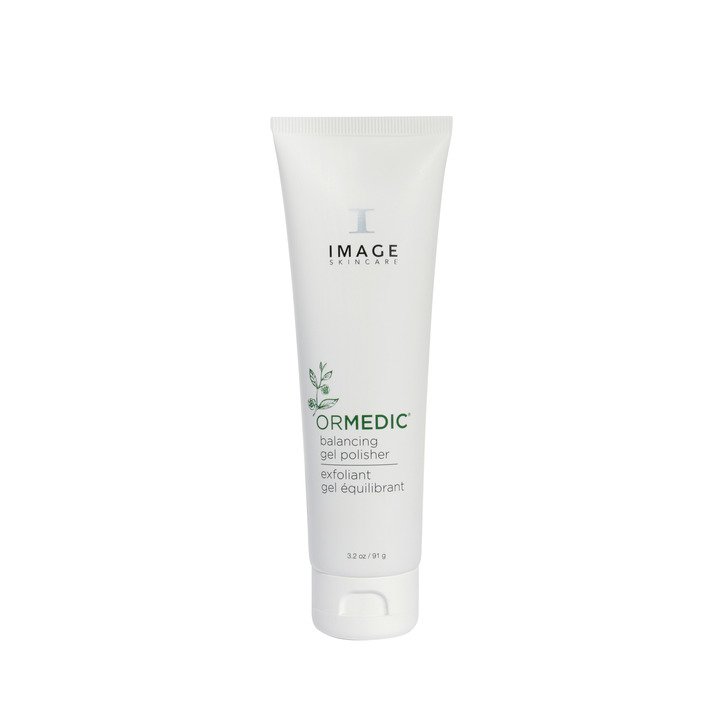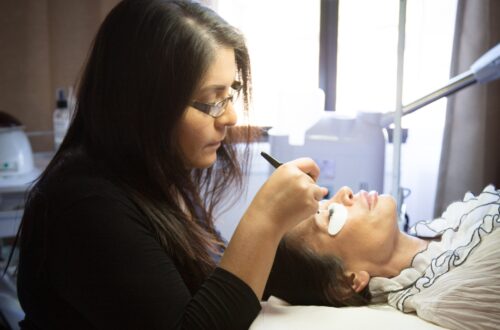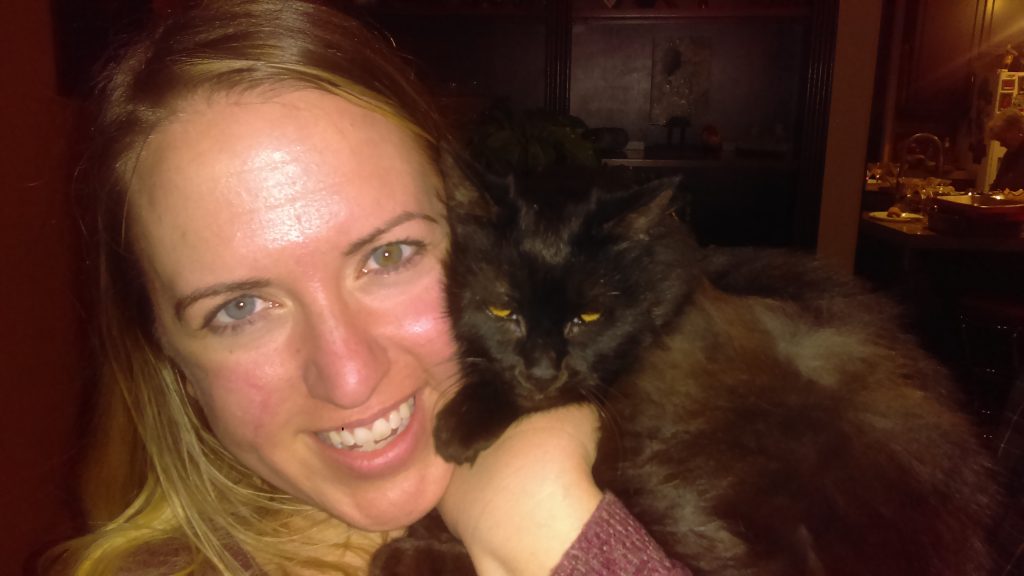
A Skin Cancer Survivor’s Story
Last updated on January 25th, 2024 at 12:04 pm
My friend Amanda is one of the nicest, kindest people I know. She grew up in Southern California in a small beach community and loves the beach, traveling, yoga, reading, learning other languages, and just enjoying her life.
At only 34 years old she was diagnosed with skin cancer, and she has graciously agreed to share her story. She hopes it can help at least one person avoid what she has had to go through.
A History of Tanning
Amanda always wore sunscreen, especially on her face, but when she was in her early 20s she used tanning beds and laid out during the summers and baked. In fact, there was a 2-3 year period during her early 20s when she used tanning beds several times a week and for special events like weddings.
Additionally (during that 2-3 year period) she was taking a dermatologist-prescribed oral medication to help address her acne. When using acne medication (oral or topical), skin becomes extra sensitive to the sun and more susceptible to burning. It is important to limit sun exposure while using those medications.
Unfortunately, her dermatologist did not emphasize the importance of staying out of the sun. She never burned while tanning and continued to lay out and use the tanning booth. At the time none of this seemed to matter: she was young, healthy, having fun, and enjoying her life like any other 20-something year old should.
Skin Changes
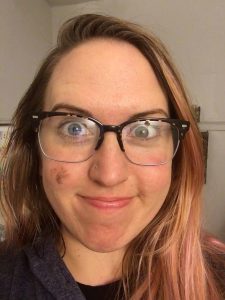
Fast forward about ten years, and seemingly overnight a dark-brown mark appeared on her cheek and began to grow. During this period I saw Amanda for a facial and remarked that her “spot” looked a little odd and that she should see a dermatologist.
I saw her again a few months later and the spot looked bigger and irregularly shaped – I was very surprised at how much it had grown and evolved since I had last seen her. She told me she had seen a dermatologist and was assured it was nothing to be concerned about.
Amanda eventually saw three different dermatologists over the span of three years. They all said her spot was just a “sunspot.” They would freeze it off but it always came back. Each time it came back it showed up faster and was bigger, darker, always had irregular borders, and was larger than the eraser of a pencil – almost all of the markers of melanoma.
Skin Cancer Diagnosis & Treatment
At this time in her life Amanda packed up for another adventure and moved to Chicago. While there she was seen by a dermatologist at the University of Chicago (the fourth dermatologist she had seen) who insisted she biopsy Amanda’s spot.
The diagnosis? Melanoma–her “spot” was a cancerous lesion.
From that point everything moved very fast.
She received her diagnosis on a Friday. The following Monday she went back to see the dermatologist for what she thought was going to be a follow-up biopsy. Instead, the dermatologist removed the lesion entirely. Amanda assumed the dermatologist would remove the lesion by shaving it off because it was on the surface of her skin; instead, she applied a local anesthetic and cut around the edges of the lesion, digging in very deep.
After about a week it was confirmed that Amanda had an “in situ melanoma,” — a stage 0 melanoma — which means it had not spread beyond the epidermis (the topmost layer of skin). She was very lucky.
Her dermatologist then performed another procedure to “clear the margins.” This essentially means she removed skin surrounding the original lesion to have it tested to ensure all of the cancer cells had been removed. The process involves removing skin not only around the lesion but also from the area underneath. This left Amanda with a hole in her cheek about the size of a 50-cent piece, and about (to her recollection) half an inch deep.
Reconstructive Surgery & Healing
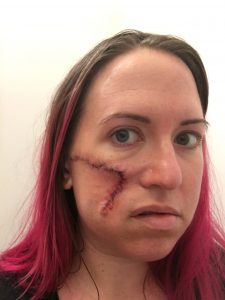
A few days later the margins came back clear, and the following week she had an appointment for reconstructive plastic surgery. A procedure called the “flap technique” was used to close up her wound. Amanda was put under general anesthesia and the surgeon made a large incision across and down her cheek (much bigger than the hole) and stretched out the skin of her face to close up the wound. She was left with a scar that covers her entire right cheek.
Following her surgery, Amanda had to wait a few months to see how everything healed. The stretching of her skin from the surgery pulled her nose and lip over (which was noticeable), but over time it relaxed as her skin stretched.
The cheek her melanoma was on had a noticeable dip in it along with a lump of extra skin protruding from the bottom of the incision. To address the dip she went in for a follow-up procedure where fat was taken from her abdomen and grafted into her cheek. Then her incision was made longer in order to remove the lump of extra skin.
Post-Surgery Life
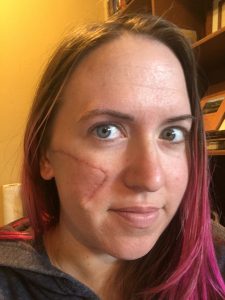
For a year after her surgery, she went in for a checkup every three months. She was advised to wear silicone strips on her incision; they have made a noticeable difference in reducing the appearance of her scarring.
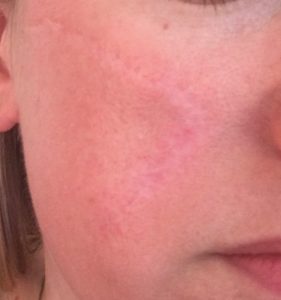
Six-month skin checkups are now a regular thing for Amanda. The December following her surgery she had a precancerous lesion removed from her back — she was told it was moderately abnormal.
A Family History of Skin Cancer
Interestingly, melanoma can run in families. According to the Skin Cancer Foundation:
“…about one in every 10 patients diagnosed with melanoma has a family member with a history of the disease. If one or more close biological relatives – parents, brothers, sisters or children – had melanoma, you are at increased risk.”
Amanda has close relatives who have had squamous cell carcinoma and basal cell carcinoma, but she is the first in her family (to her knowledge) to have melanoma. Since melanoma can run in families another close relative of hers could potentially develop it too, so they need to be diligent about their skin health.
A Survivor’s Advice to Readers
I asked Amanda what precautions she takes now to protect her skin, and whether she has advice for anyone reading this article. She said she still uses sunscreen, but she also wears a hat and does her best to stay out of the sun.
As for advice, she would like young people to consider this:
“If you’re young and reading this, know that this can happen to you. You are not the exception. When I was younger I thought that if I were going to have any issues from tanning it would be a long, long time before it affected me – and even then I thought it would just be wrinkles. But that’s not true. Be extra cautious, don’t use tanning beds. Think about the future you because the future isn’t as far off as you think it is. It was only about 10 years between the time that I was tanning until I was diagnosed with melanoma. ”
University of Chicago, Department of Medicine – Dermatology
Amanda would also like to thank and acknowledge the medical team and staff at the University of Chicago Department of Medicine (Dermatology) – a Cancer Institute-designated comprehensive cancer center at the forefront of developing powerful new treatments, including immunotherapy, to treat melanoma.
She believes she would not have received the same level of expedited treatment had she gone elsewhere. The doctors and staff were very caring during her entire ordeal, and even cheered and celebrated with her when she was declared cancer-free. She is forever grateful to them.
Be Your Own Advocate
I would like to add something to close with: It took going to four doctors before someone actually suggested a biopsy of Amanda’s “spot.” Never be afraid to advocate for yourself and seek out a second, third, or even fourth opinion when you are dealing with any health-related issue. If something doesn’t seem right, speak up. It can make all the difference.
IG: @skincare_by_adriana

